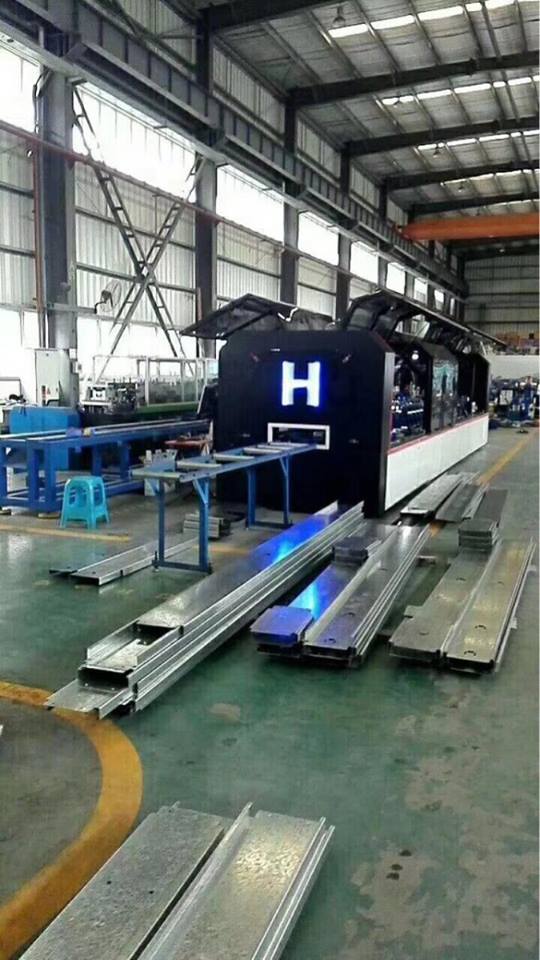CAN STEEL BUILDINGS BE BETTER FOR YOUR HEALTH?
Typically, we write about the tangible, or more immediate, benefits of steel and metal buildings; they’re affordable, are ideal for fast-tracked construction projects and are more durable and long-lasting than traditional wood-framed counterparts. There are also “hidden” or less tangible benefits of building with steel and metal: these building products are better for your health in the long-term.
THE HEALTH BENEFITS OF STEEL AND METAL BUILDING PROJECTS
The following is a list of lesser-discussed benefits of a steel building, all of which lead to greater health and well-being for the building’s occupants, as well as the community at large.
Improved indoor air quality. Did you know that interior air quality is often more toxic than polluted air outside the building? Organic building materials slowly decompose over time, which releases particulate matter into the air. This is type of particulate matter is a common byproduct of wood and brick, for example, and is an irritant to the respiratory system. Steel and metal are not organic and therefore they do not release these particulates that accumulate and recirculate in interior live and work spaces.
Steel is formaldehyde-free. Additionally many traditional building products release a toxic volatile compound called formaldehyde. This and other VOCs are released from a wide range of standard building products, including pressure-treated woods, medium density fiberboard products, wood finishes, paints, new carpet, laminate countertop materials, adhesives and the list goes on. This is one reason why green building certification programs, like LEED, provide points for constructing a steel building. Steel does not contain any formaldehyde or other toxic VOCs, which means it’s safe to the touch and will not contribute to harmful offgassing over time.
Say goodbye to allergen producing mold spores. Not only are mold spores a leading cause of allergies, they are also dangerous for those who have compromised respiratory systems, who develop chronic allergies or who suffer from asthma. In order for mold to thrive, it requires moisture and an organic food source. The wood materials that frame a traditional building easily absorb moisture and provide decades’ worth of organic, decomposing material for mold to feed on. Steel and metal, on the other hand, do not have any organic materials to offer, thus they are mold-free surfaces. The combination of a metal building design, adequate ventilation and insulation for moisture control, and a well-sealed envelope is ideal for creating a mold-free environment.
Free of toxic pest control treatments. Wood is the preferred home for many destructive pests. Thus, most mainstream wood building products are treated with pest-resistant chemicals. Guess what? The same chemicals that resist and kill pests are harmful to pets and humans as well. Additionally, the innate pest-resistant qualities inherent in steel and metal mean you can reduce your exposure to long-term pest control products, like termite tents and bombs that are typically required at least once a decade or so in a wood-framed building.
Protection from noise pollution. Noise pollution may not seem like a health threat, but in fact, it is. Recent studies published in the Oxford Journals state that unwanted noise pollution, typical in buildings located near busy streets, freeways, near construction zones are in the path of aircraft, can cause memory and attention issues for children, have been linked to high blood pressure and are thought to be causes of chronic internal stress that leads to other health problems. Steel framing creates wider cavities in exterior walls, providing more space for insulating sound barriers. This is especially beneficial in schools, churches and workspaces, especially when located in busier or industrial part of town.
Create a greener world, one tree at a time. Building with steel and metal saves trees, and trees are a significant source of oxygen production, environmental cooling in the form of shade and healthy carbon storage. A forest’s healthy root system prevents soil erosion that leads to polluted streams and rivers, and all keeps water in the soil where it can percolate into our aquifers.
The Big Picture. Anything that is healthier for the planet is healthier for you. One of the greatest concerns facing the world at large right now is the incessant need for fossil fuels. In addition to being a non-renewable resource, fossil fuel consumption takes its toll on air quality as well as the quality of soil and water. Steel and metal building components are largely manufactured using pre- and post-consumer recycled products, and are recyclable at the end of their lifespan, making for a much smaller carbon footprint. Because the materials are lower maintenance, they’re repaired and replaced less often, resulting in a lessened demand for product. Finally, a well-built metal building is energy efficient, which saves the fossil fuel required to provide gas and electricity for heating, cooling and lighting.
c purlin roll forming machine price
tile roll forming machine price


